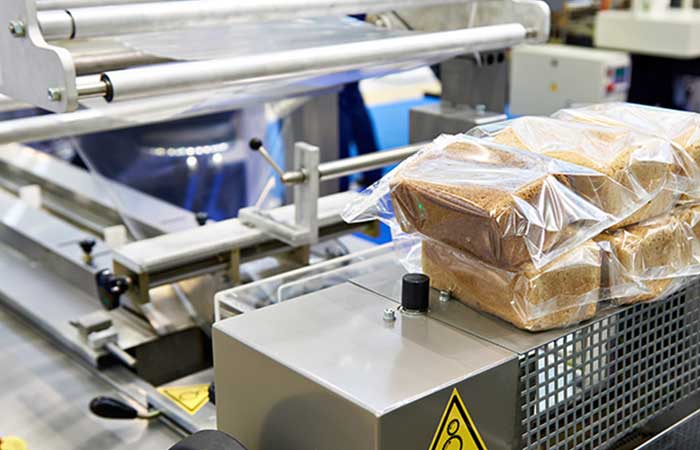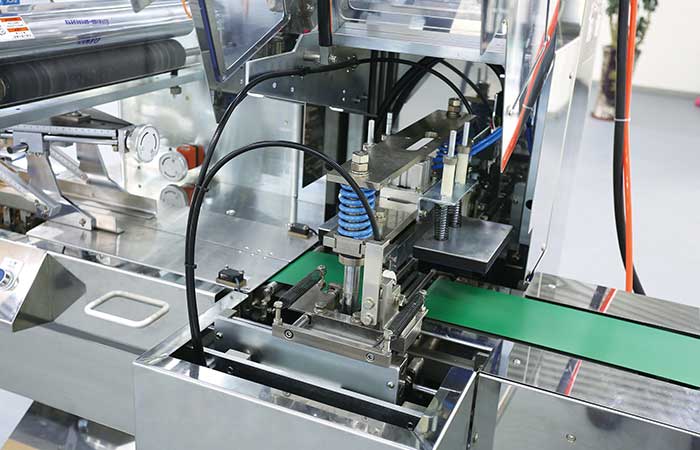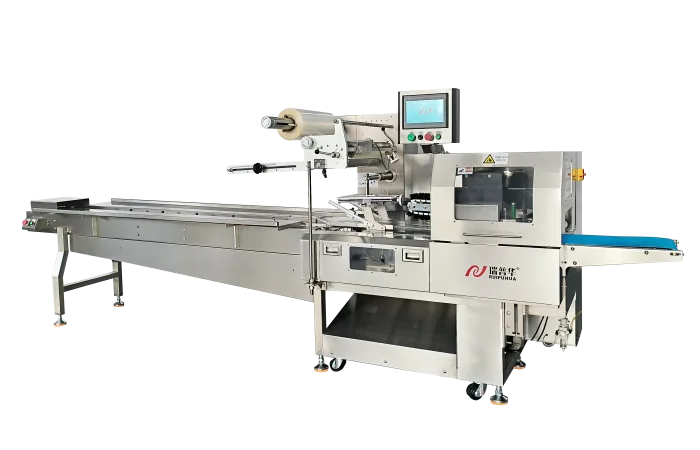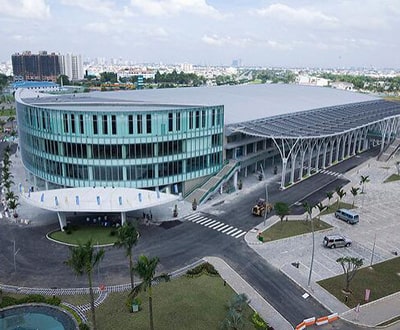AC Split System vs. Packaged: A Comprehensive Comparison
AC Split System vs. Packaged: A Comprehensive Comparison
In the realm of cooling solutions, AC systems play a critical role in maintaining optimum temperatures for enhanced comfort. Two popular options for cooling residential and commercial spaces are the AC split system and the packaged system. Each comes with its own set of advantages and disadvantages, making it essential to understand their differences to make an informed decision.
The AC Split System
The AC split system consists of two units: an indoor unit and an outdoor unit. The indoor unit contains the evaporator coil and the cooling fan, while the outdoor unit houses the compressor and the condenser coil. These units are connected by a refrigerant line, allowing for efficient cooling of the space.
One of the key advantages of the split system is its flexibility. With the ability to install the indoor unit in different locations within a room, users can optimize cooling based on the layout and usage. Furthermore, split systems are known for their quiet operation, making them ideal for bedrooms and office spaces.
The Packaged System
In contrast, the packaged system integrates all components into a single unit, which is usually installed outdoors. This all-in-one design simplifies installation and maintenance, making it a popular choice for spaces with limited indoor space.
While packaged systems may not offer the same level of flexibility as split systems, they are often more cost-effective and easier to maintain. In addition, they are commonly used in commercial buildings where a centralized cooling system is preferred.
Comparison of Efficiency and Performance
When it comes to efficiency, both AC split systems and packaged systems have their pros and cons. Split systems are known for their energy efficiency, as they allow users to control the temperature in specific zones. This targeted cooling can lead to reduced energy consumption and lower utility bills.
On the other hand, packaged systems are designed for larger spaces and can offer consistent cooling throughout the area. While they may be less energy-efficient compared to split systems, their ability to maintain a comfortable temperature in commercial settings is a major advantage.
Choosing the Right System for Your Needs
Ultimately, the decision between an AC split system and a packaged system depends on factors such as the size of the space, budget constraints, and desired level of control. For residential applications where quiet operation and individual temperature control are important, a split system may be the best choice. On the other hand, commercial spaces that require centralized cooling and cost-effective solutions may benefit more from a packaged system.
By understanding the differences between these two systems and evaluating your specific requirements, you can make an informed decision that suits your cooling needs.
Conclusion
In conclusion, both AC split systems and packaged systems have their own set of advantages and disadvantages. By weighing these factors and considering your unique needs, you can select the right cooling solution for your space. Whether you opt for the flexibility of a split system or the convenience of a packaged system, ensuring optimal comfort and efficiency should be the primary goal.
-
 01
01Further Discussion About Protein Bar Packing Machinery
27-02-2024 -
 02
02Sustain The Best Crispy With Automatic Packaging Machines
29-01-2024 -
 03
03Bread Packing Machine For Bakery Business
19-01-2024 -
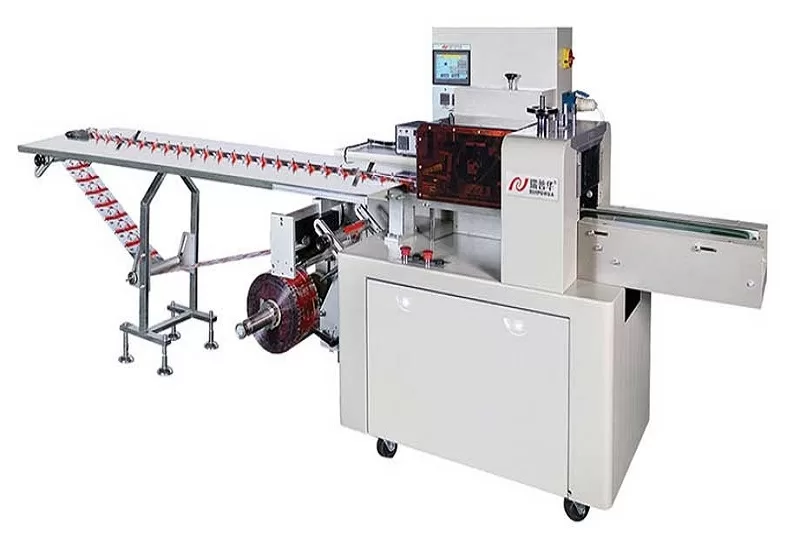 04
04How Flow Wrappers Are Adapting to Changing Trends
01-11-2023 -
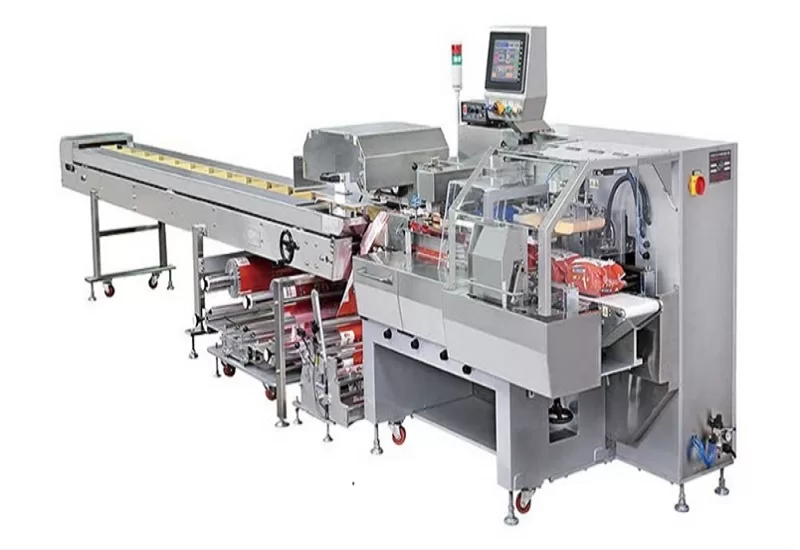 05
05The Comprehensive Guide to Packaging Machinery
31-10-2023 -
 06
06Automatic Cookie Packaging System Performance
01-09-2023 -
 07
07Streamlining Biscuit Packaging with Multipack Biscuit Packaging Machines
25-08-2023 -
 08
08From Assembly To Shipping: The Energy Bar Packaging Machine Does All
28-02-2023 -
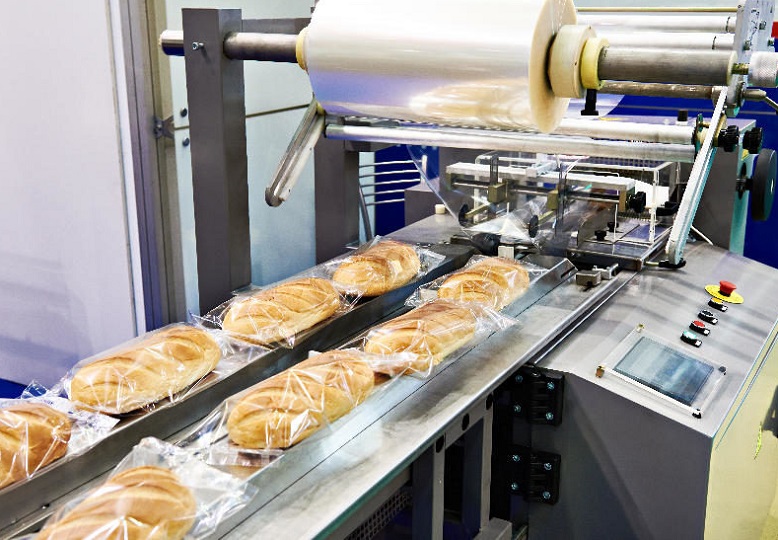 09
09Maximizing Efficiency With Food Packaging Machine Technology
22-02-2023 -
 10
10Clients Hunt For Professional And Functional Packaging Machine
10-11-2022



